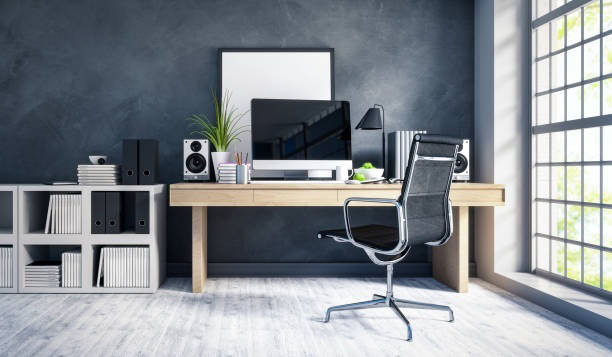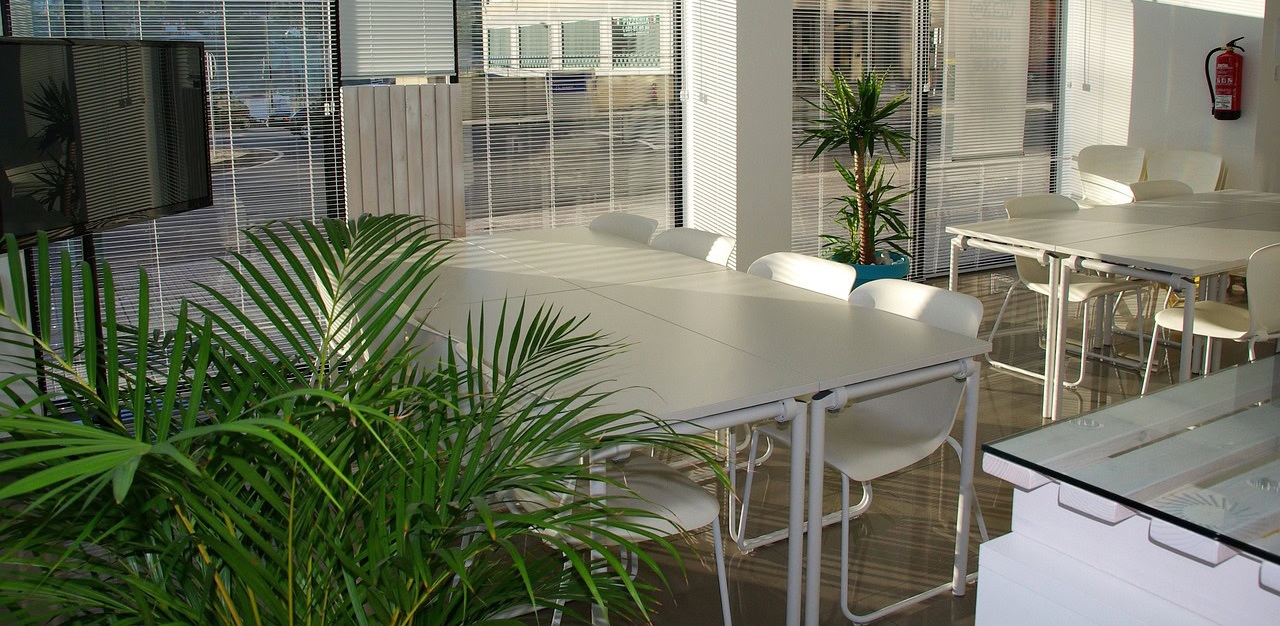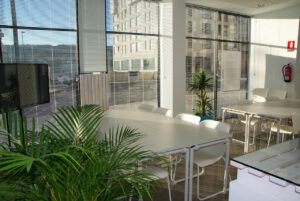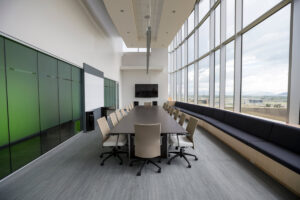A Complete Guide to Choosing Ergonomic Office Furniture for Employee Health
Employee health and comfort are key factors in achieving productivity in the workplace. One factor that is often overlooked yet highly influential is the choice of office furniture. It’s not just about aesthetics or price ergonomic office furniture plays a major role in supporting the physical and mental well-being of employees and preventing various musculoskeletal disorders such as back pain, neck strain, and fatigue. This article provides a comprehensive guide on how to choose ideal ergonomic office furniture for employee health, including criteria, selection tips, and recommendations for implementation.
1. Why Is Ergonomic Furniture Important?
Ergonomic furniture is specifically designed to fit the human body, reduce strain on muscles and joints, and minimize the risk of injury caused by improper sitting or working positions over long periods. Studies show that using ergonomic furniture can:
-
Reduce absenteeism due to back pain or work-related injuries.
-
Improve concentration and productivity.
-
Help employees maintain good posture.
2. Main Criteria for Ergonomic Office Furniture
Before making a purchase, ensure that the furniture you choose meets the following criteria:
a. Ergonomic Office Chair
-
Height adjustable to suit the user’s posture.
-
Lumbar support to support the spine.
-
Adjustable armrests.
-
Cushioned seat that is neither too hard nor too soft.
-
Durable wheels that roll smoothly.
-
Breathable material (not hot and absorbs sweat easily).
b. Ergonomic Work Desk
-
Desk height should match the chair height (generally 70-75 cm).
-
Enough legroom and space for work equipment.
-
Surface is not slippery, easy to clean, and wide enough.
c. Supporting Accessories
-
Footrest to reduce pressure on the thighs.
-
Monitor stand to adjust screen height to eye level.
-
Keyboard tray to prevent wrist strain.
3. Tips for Choosing Ergonomic Office Furniture
-
Conduct a Physical Survey: Before buying in bulk, try out the furniture in person to ensure comfort.
-
Prioritize Function Over Trends: Don’t just follow design trends—make sure the furniture is truly comfortable and supports health.
-
Choose Quality Materials: High-quality furniture lasts longer and remains comfortable over time.
-
Consult with Employees: Involve employees in the selection process so the chosen furniture meets their needs.
-
Consider Office Space: Measure the office space and layout before purchasing so the furniture won’t make the room feel cramped.
4. Recommendations for Implementing Ergonomic Furniture in the Office
-
Apply a “trial period” policy where employees can try out several types of chairs or desks.
-
Hold short training sessions on sitting posture and how to use ergonomic furniture.
-
Provide adjustable standing desk options for varied working positions.
-
Conduct regular evaluations of employee satisfaction and comfort with the furniture.
5. Positive Impacts of Ergonomic Furniture for Employees and Companies
-
Increases job satisfaction and employee loyalty.
-
Reduces risk of injury and health costs.
-
Encourages a healthy work culture that supports long-term productivity.
-
Creates a positive company image in the eyes of prospective employees and business partners.
Investing in ergonomic office furniture is not just a trend but a real necessity to support employee health and productivity. By considering the criteria, tips, and recommendations above, companies can create a comfortable and healthy work environment while also increasing business competitiveness.
Interested in consulting directly for ergonomic, modern, and tailored office furniture solutions for your company? Get professional services and the best products only at Crown Workspace Indonesia! Our expert team is ready to assist you from planning and selection to installation for your office.
Related stories
Walk into modern offices and you’ll see the motifs of sustainability: a living wall in reception, branded reusable mugs in the pantry, perhaps even a rooftop beehive. These are the sort of things that photograph well and tick boxes in annual reports. But what truly makes an office “green”? The uncomfortable truth is that many […]
Sustainability is everywhere in workplace design. From rooftop gardens to recycled coffee cups, offices are quick to showcase their “green” credentials. But how much of this activity delivers genuine environmental impact, and how much is simply optics?
Let’s start with the conclusion: The honest answer is that both stories are true. Some organizations are taking up more and larger offices, others are compressing. What ties the two together is a single idea that now sits at the heart of Facilities Management: rightsizing. Size follows purpose. If the purpose is clearer collaboration, better […]





























